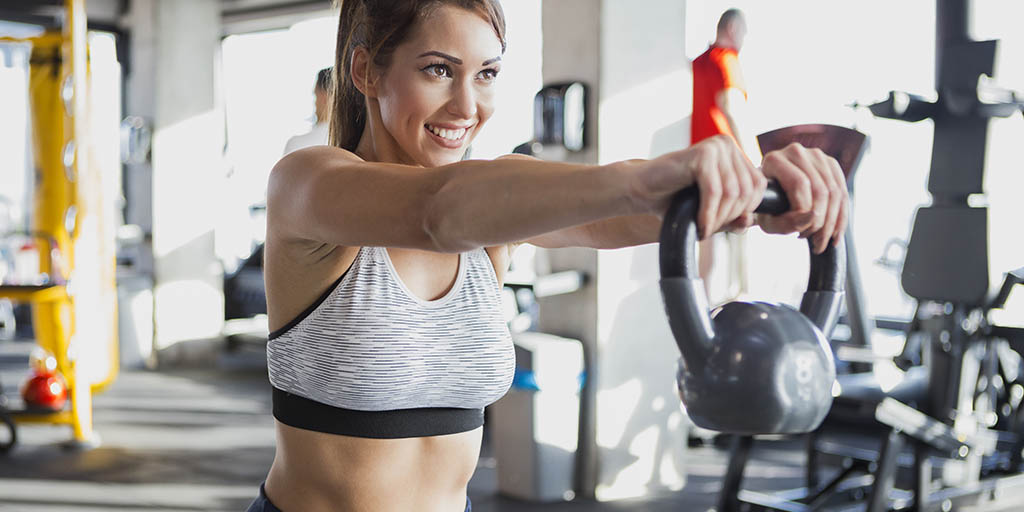Top three exercises done wrong
 CREDIT: ISTOCK (NASTASIC)
CREDIT: ISTOCK (NASTASIC)Exercising is great, but making sure you're completing your moves properly is key for your health.
It’s all over Instagram: exercises that look really complicated, making the exerciser look like they are working really hard, and a great caption with a bunch of related and totally unrelated hashtags. We see this insanely fit person and we want to emulate them so we do as they do and hope it yields the same results.
The truth is, they are working really hard, but I’m not sure what the end game is. Is it to burn calories? Goal achieved. Is it to improve athletic performance? Not likely. Is it to move better and prevent injury? Looks more like a cause for injury.
While it is possible to move your body in multiple ways, there are definitely safer and more efficient movements that will help you improve in multiple areas and prevent injury. Here are the top 10 exercises executed poorly at the Student Wellness Centre:
1. Lat pulldown: The most common mistake is pulling behind the head. Since about the early to mid-1990s we have known that pulling to the chest is a safer and more effective way to work the latissimus dorsi muscles. The problem is, not everyone born before this time got the memo and they have now passed this on to their children and students. Another mistake, similar to the seated row, I most often see moving the body back and forth from the hips. Keep the body tall and only pull with the arms, drawing your elbows toward your ribs and bar to the chest. You can do this exercise seated or standing.
2. Crossover lunge: Also know as the Curtsy Lunge, this can be a very effective functional exercise for training all those little stabilizer muscles in the legs to help prevent slip, trips and falls in everyday life as well as during sports performance. Its also one of the hardest type of lunges to execute. One major mistake is shifting the front knee outward and not keeping it stacked over the ankle. Another issue is when you step back and then rotate your hips in the direction you are stepping causing rotation at the knee or ankle joint; ouch. Keep your hips square and start by stepping straight back into a regular lunge and then start to bring your foot back and in-line with the front leg. Practice this smaller movement first until you build up the flexibility in the hip to get to a deeper adduction through the hip. This is one you will want a trainer to check your form.
3. Planks: Whether it’s on the hands, elbows, knees or toes, the plank is all kinds of mess for many people. The point is to train the stabilizing muscles in the core. Beginner: start on knees and elbows. Then eventually progress to knees/hands, elbows/toes, then hands/toes. Always keep the shoulders stacked over the elbows or hands (if on hands). Most people lean back behind and lift the hips in more of a downward dog or pike position. Keep you chest between your elbows and don’t drop your head. You should not be able to see your toes during plank; look between the hands or further in front of you. Keep your spine neutral. Think of inserting a rod from the top of your head to you tailbone and don’t allow your abdominals to sag. If you find this happens in the beginner position, try elevating your elbows onto a step or chair.
I’m sure you could list many more. My honourable mention would be any exercise involving rotation through the torso. Many people lack the flexibility or coordination to be able to rotate at the waist. Like anything, start with smaller range of motion and then build up over time with regular attention to the exercise, two times a week or more.
If you are not sure if your form is correct on something, don’t be afraid to ask any of the fitness staff at the Student Wellness Centre.
Karen Nixon-Carroll is the Program Manager at Fanshawe’s Fitness Centre.














